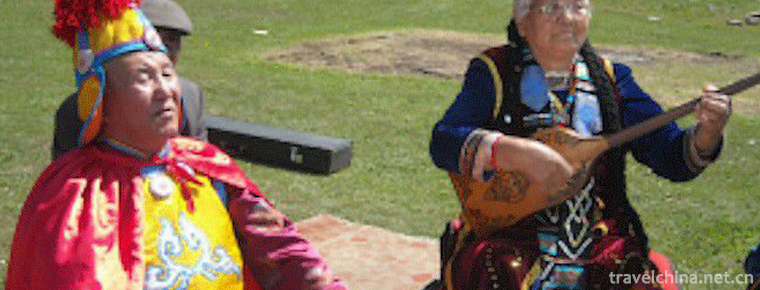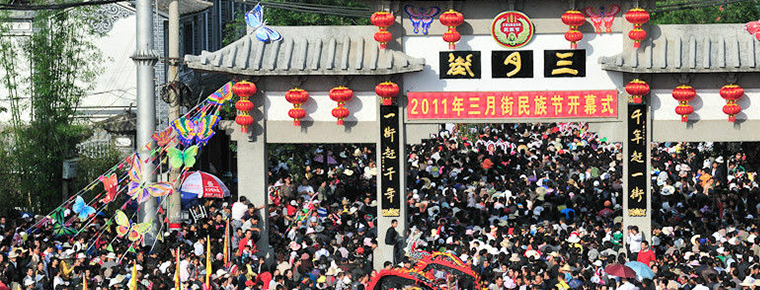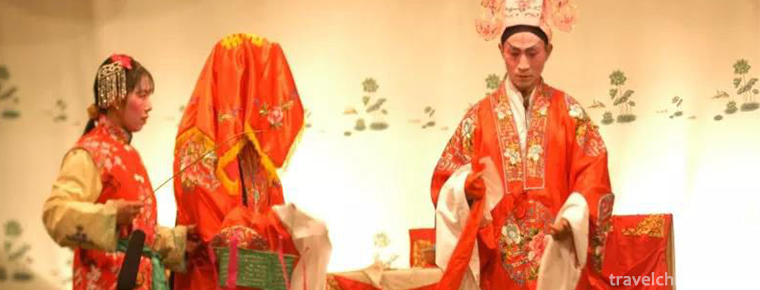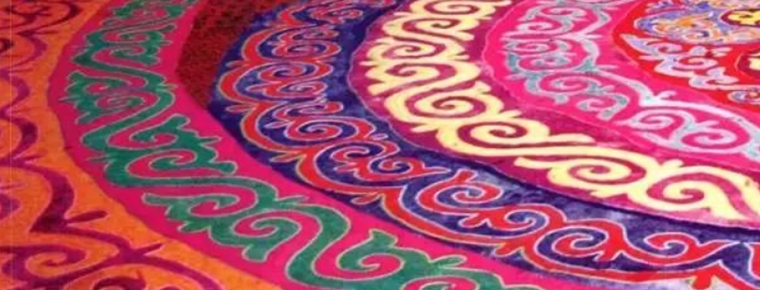Mongolian Topshore Music
Mongolian Topshore Music
Topshore is a unique short-necked woody plucked string instrument of Mongolian nationality in Xinjiang. It is beautiful in shape, simple in manufacture, graceful in timbre and easy to carry. It is especially suitable for nomadic life style and nomadic cultural characteristics.
In November 2014, "Mongolian Topshore Music" was approved by the State Council and listed in the fourth batch of National Intangible Cultural Heritage Representative projects.
Circulation area
Suitable for nomadic life style and nomadic cultural characteristics, it is deeply loved by herdsmen and widely spread among the Mongolian people in Xinjiang. In addition to the accompaniment of "Sawurden Dance" at folk gatherings, Obo meetings, weddings and other occasions, it can also play solo music for appreciation, and can also be used to accompany short-tune folk songs and "Jianger" rap and singing. The most famous repertoire is "Twelve Tobshore Suites". Topshore music of Mongolian nationality is a kind of traditional music which was approved by the State Council in 2014 and listed in the fourth batch of national intangible cultural heritage list.
Representative repertoire
Among many Tobshore tunes, "Twelve Tobshore Suites" is the most prominent. The Twelve Tobshore Suites in Xinjiang have their own characteristics because of their different regions and folk artists. The song titles of "Twelve Tobshore Suites" in Usu City are "Holmer", "Girl Sawurden", "Soren Hazil", "Jiudur", "Moren Siegler", "Duerdong", "Daogling Kuksin", "Sohur Kuksin", "Sopayg", "Urugtik", "Horner Ahar", "Balkin". Kai, Yang Da. In addition, there are some Topshore classics such as "Baojinkai", "Buwa", "Ben Boer River" and so on.
historical origin
The history of Topshore is as old as the history of the formation of the Mongolian nationality. In the 1370s, on his way to Beijing through Xinjiang, Marco Polo saw Tobshore on the Mongolian grassland and left a record. In addition, in the Western Regions Tuzhi of the Qing Dynasty, there are detailed records about "Topshore": round Bushur, that is, the second string, with wood as the groove square, with holes in the bottom. Its face is six inches, eight minutes, two centimeters and six inches, three centimeters and nine centimeters wide. The edge length is 7 inches 8 minutes 8 centimeters and the width is 6 inches 4 centimeters 8 centimeters. With wood as the handle, Baishankou is one foot seven inches long, two minutes eight centimeters long, nine centimeters wide and one inch zero seven centimeters wide. The curved head is on the groove surface, wide and so on. The chord shaft groove is two inches and four centimeters long and three centimeters wide. Axis length is 4 inches and 4 centimeters. The length is 2 feet and 3 inches and 4 centimeters. Camphor wood is used in the whole body and Tung wood is used in the groove surface. Shi Xian II takes single intestine as its main target. It is tied to the left and right axles and taps the finger by hand.


-
A harmonic
A harmonic, also known as Dabu Ah Hsiang, means "the song of laborers", originated from a form of labor called "Da Ah Hsiang" among Tibetan people..
Views: 233 Time 2019-03-29 -
March Street Dali
"Yuejie", or March Street of Dali, also known as "Guanyin City, also known as the March Meeting of Dali, today also known as the National Day of March Street, is a grand festival and st.
Views: 198 Time 2019-04-23 -
Guangchang Meng Opera
Guangchang Mengxi Opera, a traditional local drama popular in Guangchang County, Jiangxi Province, is one of the national intangible cultural heritage..
Views: 111 Time 2019-05-01 -
Flower shuttlecock
Shuttlecock is a traditional folk sport with a long history, which is widely spread in China. Regular exercise can activate muscles and bones and promote health. According to historical documents .
Views: 294 Time 2019-05-04 -
Weaving and Dyeing Techniques of Felt and Printed Fabric
Uygur felt, printing and dyeing technology, Xinjiang Uygur Autonomous Region Turpan (now Turpan) local traditional skills, one of the national intangible cultural heritage..
Views: 94 Time 2019-05-04 -
Production Techniques of Mongolian Lele Car
Lele cart is a cattle cart in Mongolian area, also known as roller cart. Its origin can be traced back to the "Yuan Yuan" recorded in Han Shu. As far back as the Qin and Han Dynasties, the H.
Views: 190 Time 2019-06-03 -
Legend of Yongding River
Yongding River legend is one of the local folklores in Beijing. Among many legends, the legend of river blocking is representative; the legend of Shijing Mountain and Shijing Mountain; the legend of b.
Views: 124 Time 2019-07-14 -
Cultural corridor of Confucianism Buddhism and Taoism
Emei Mountain Confucian, Buddhist and Taoist cultural corridor inherits and develops Chinese traditional culture through different aspects, and excavates its own value and charm from Emei Mountain's historical culture, and highlights its connotation of "China's first mountain"..
Views: 146 Time 2020-10-15 -
Baoguang Temple
Baoguang temple is located in Xindu District, Chengdu City, Sichuan Province, China. It is one of the Buddhist temples with a long history, large scale, complete structure and quiet environment..
Views: 115 Time 2020-11-05 -
Panzhihuas primary industry
In 2018, the total output value of agriculture, forestry, animal husbandry and fishery in Panzhihua was 7.027 billion yuan, an increase of 4.2%. Among them, agricultural output value was 4.434 billion yuan, an increase of 5.2%; forestry output value was 108 million yuan, an increase.
Views: 323 Time 2020-12-14 -
Transportation in Mianyang
By the end of 2018, Mianyang had 20146 km of highways, 412 km of expressways, 268 km of Railways and 57 civil aviation routes..
Views: 153 Time 2020-12-14 -
Dazhou highway
Dazhou is one of 179 main hubs of highway transportation in China and one of 12 regional secondary hub cities in Sichuan Province. It is a secondary logistics center city in national layout planning and an important logistics hub city in Western Chin.
Views: 212 Time 2020-12-20







